We’re carrying on. Of course we are; we always have. Autocar has witnessed a lot of world events and disasters during its 125-year life, but we’ve continued to produce a weekly magazine throughout.
The Autocar was just a few years old when the Second Boer War broke out, but a war being fought in South Africa didn’t have much of an effect back home. Anyway, there were only six privately owned cars in Britain when the magazine was first published, and I doubt there were that many more while the Boers were being beaten.
Only twice in its long history has Autocar not made it onto the shelves. There may be a few readers who were alive during the first occasion but probably none who will remember it or whose own reading was interrupted. Guessed it? It was during May 1926, when the General Strike brought the country to a standstill. Still the only general strike ever called in the UK, it ran for only nine days until the Trades Union Congress and Stanley Baldwin’s government managed to come to an agreement. Three issues of The Autocar were lost.
The second occasion many of us were around for, and I’m sure a great number of you remember being starved of your favourite motoring publication. We’re talking about the 1973 fuel crisis and the three-day week. Power cuts, sharing baths and, as remembered fondly by this writer, school lessons by candlelight. The miners were on strike and so too were the printers. The latter caused the longest absence from the shelves in Autocar’s history: an outage that ran from 15 November 1973 until 23 March 1974. The print unions had achieved something neither Kaiser Wilhelm II nor Adolf Hitler could.
It’s amazing that not a single issue was missed during either the First or Second World Wars. Paper could have been a problem, certainly in WW2, because it was strictly rationed, but titles such as The Autocar and Motor Sport were considered important for keeping up morale (hopefully we’re doing the same today) so were allowed to keep printing.
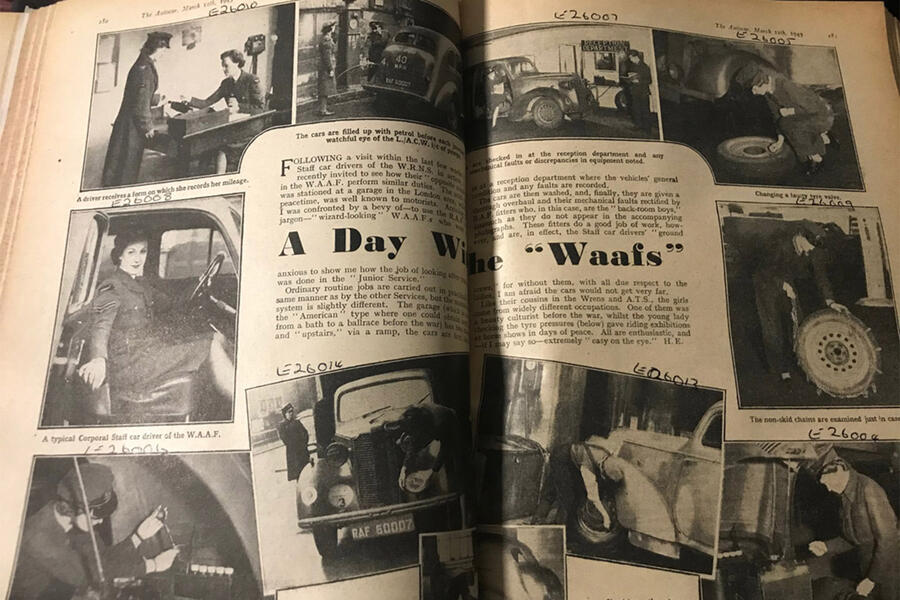


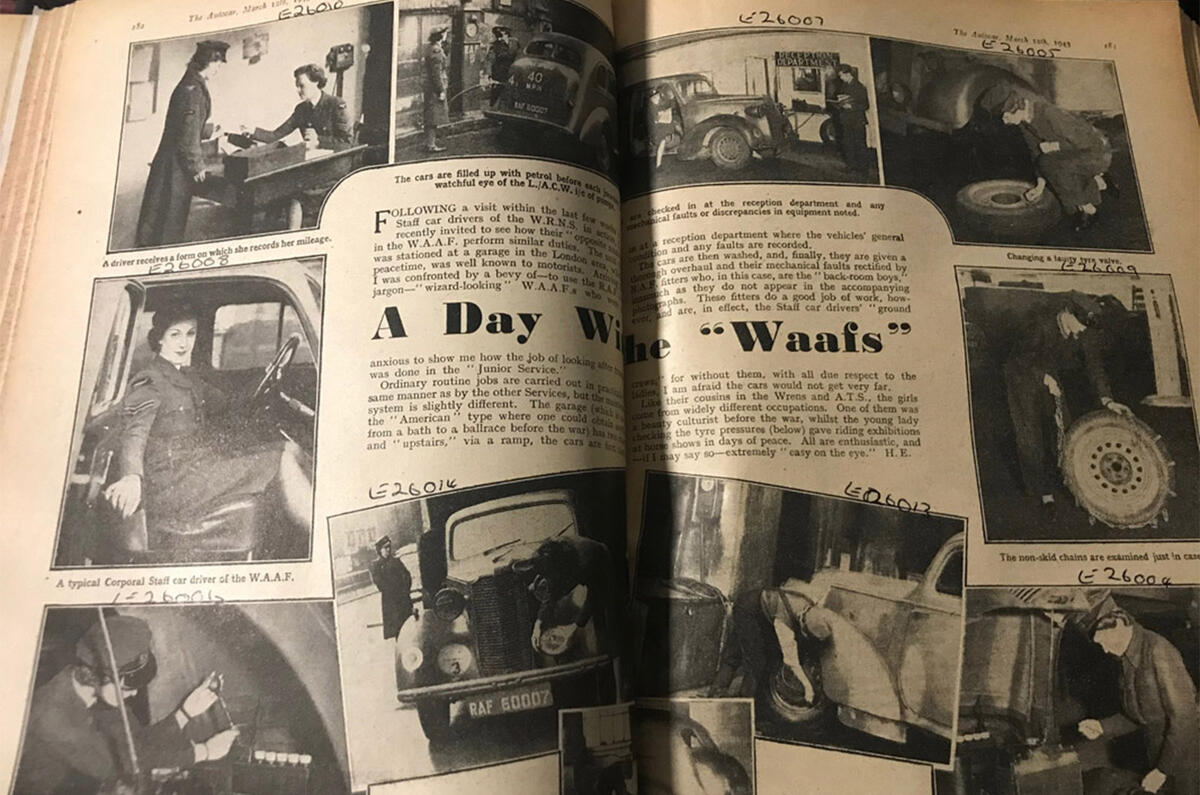
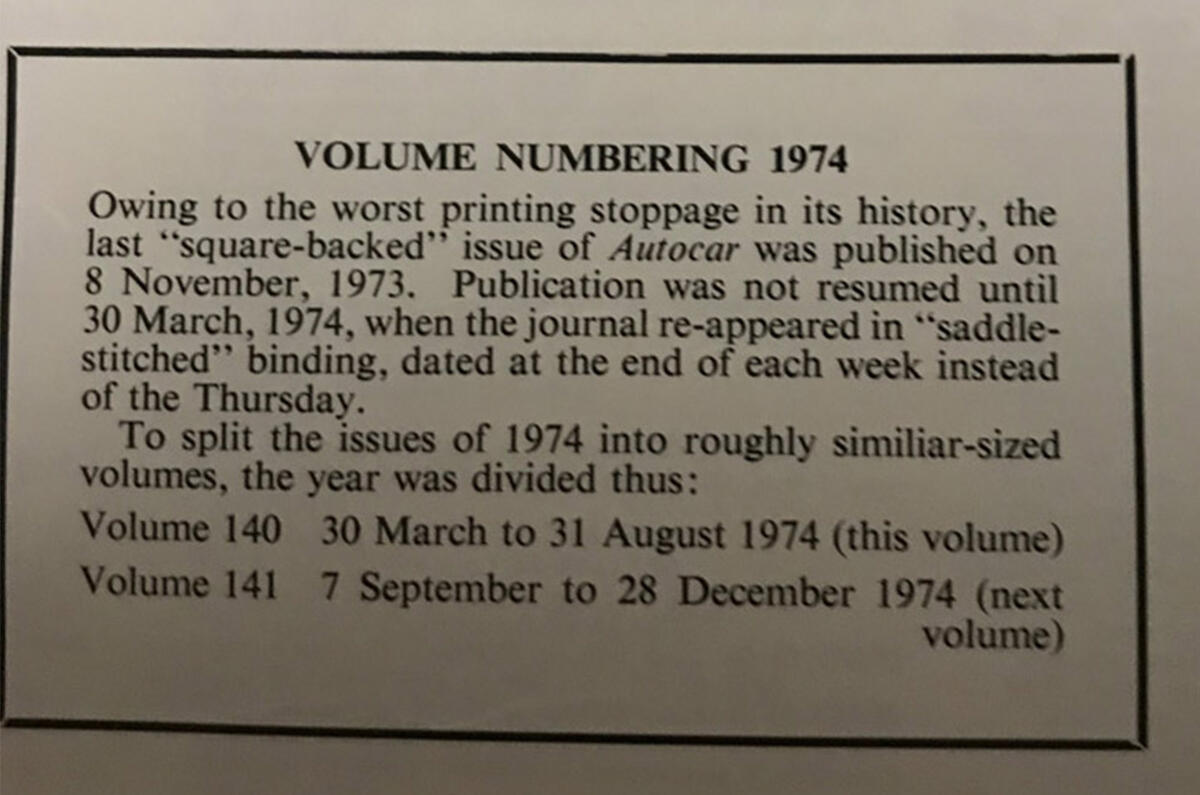
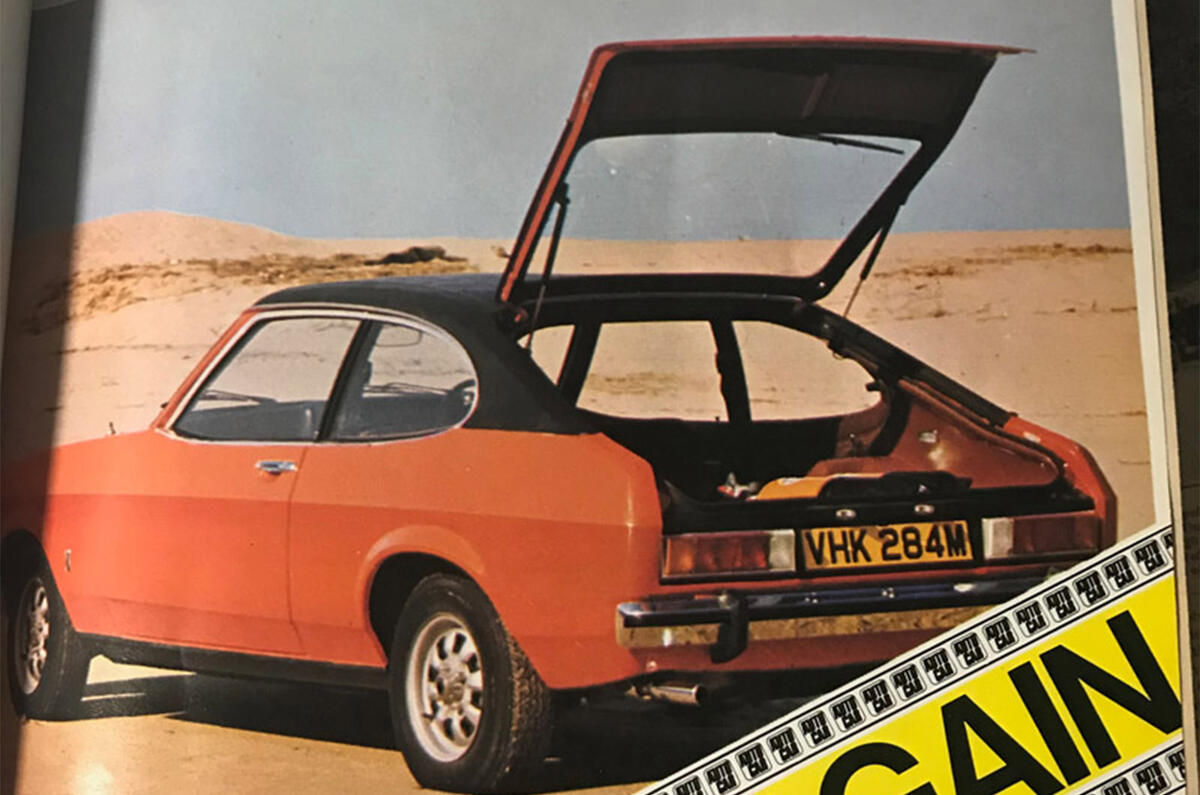
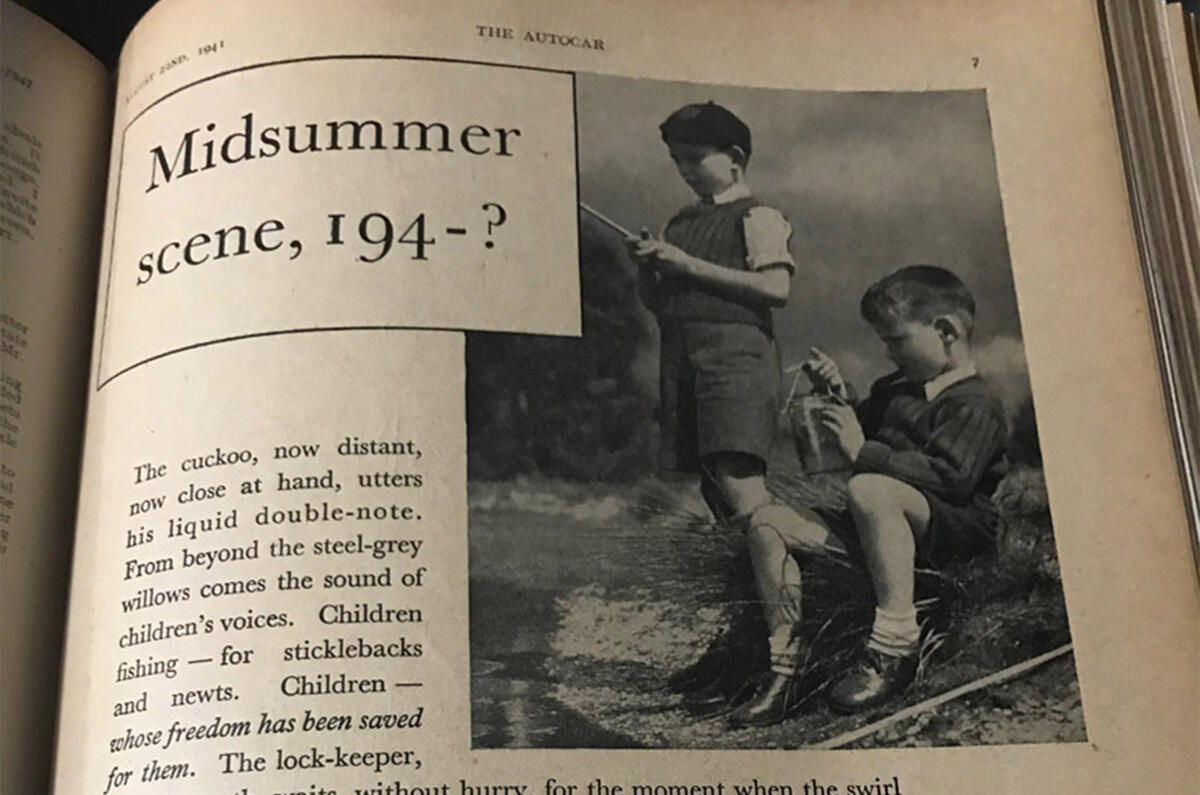
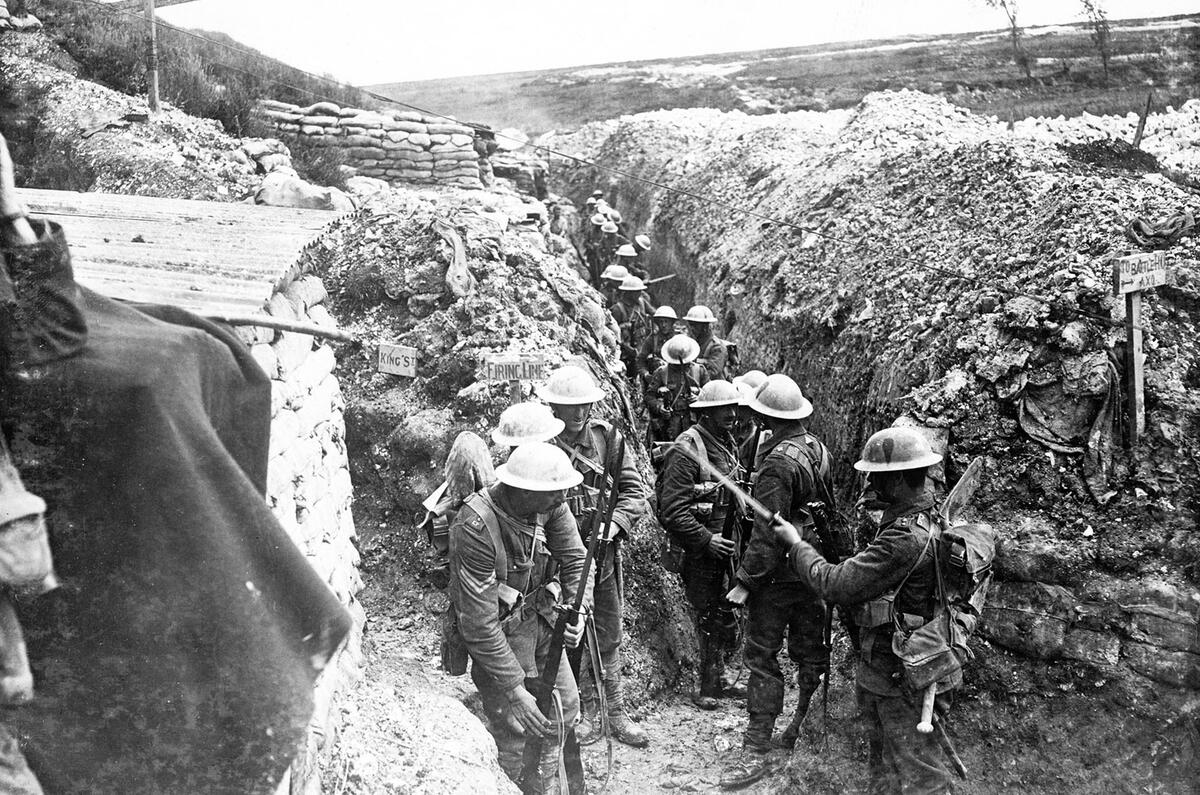

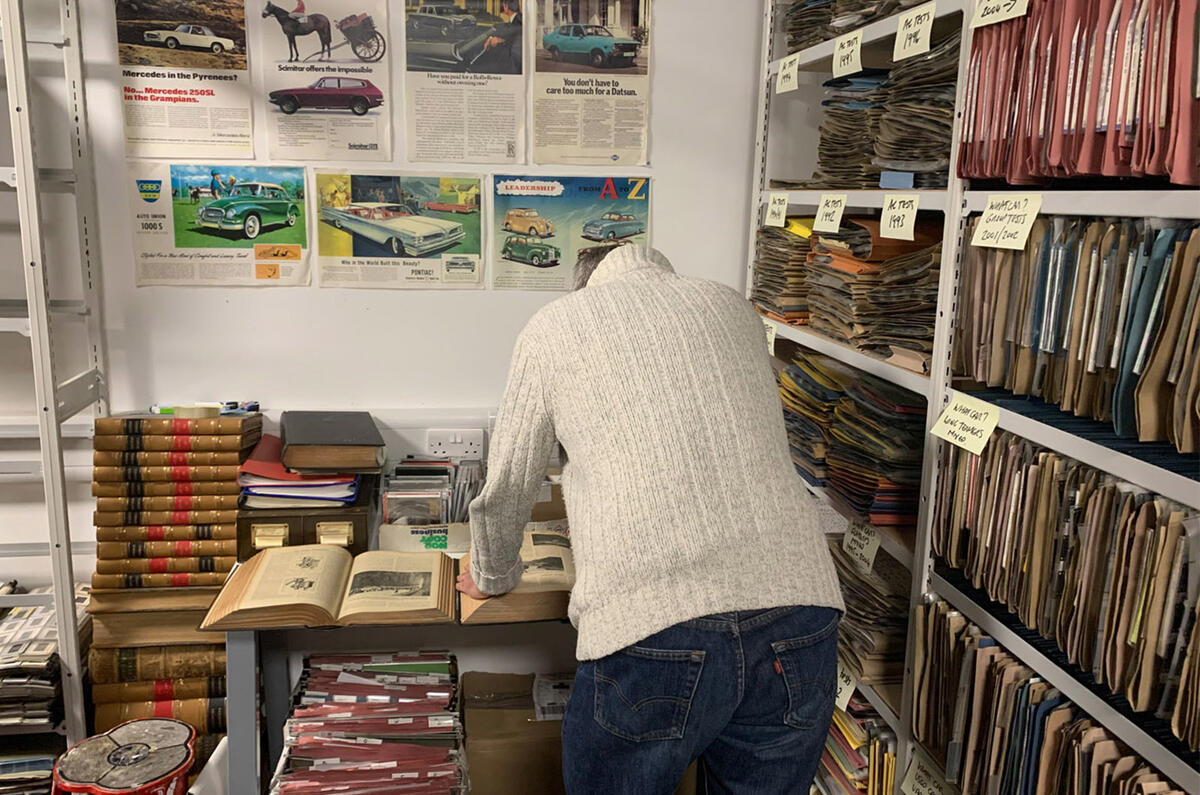
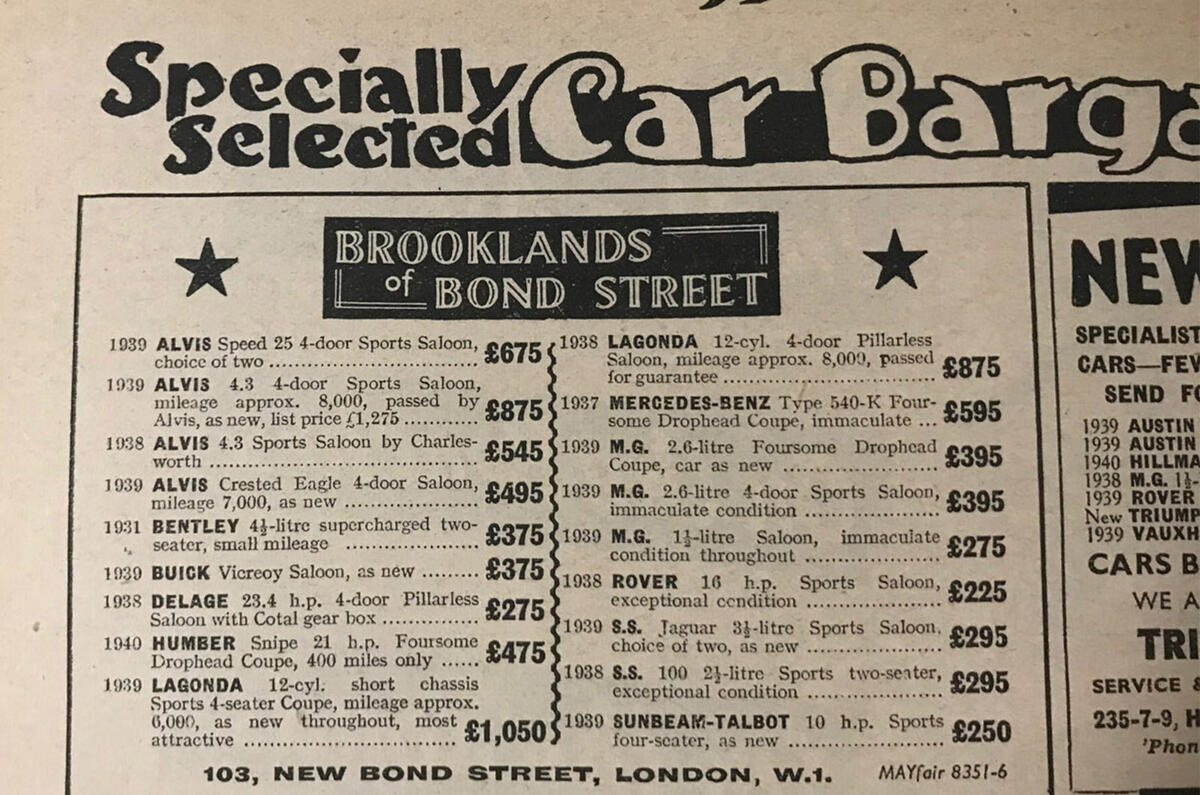
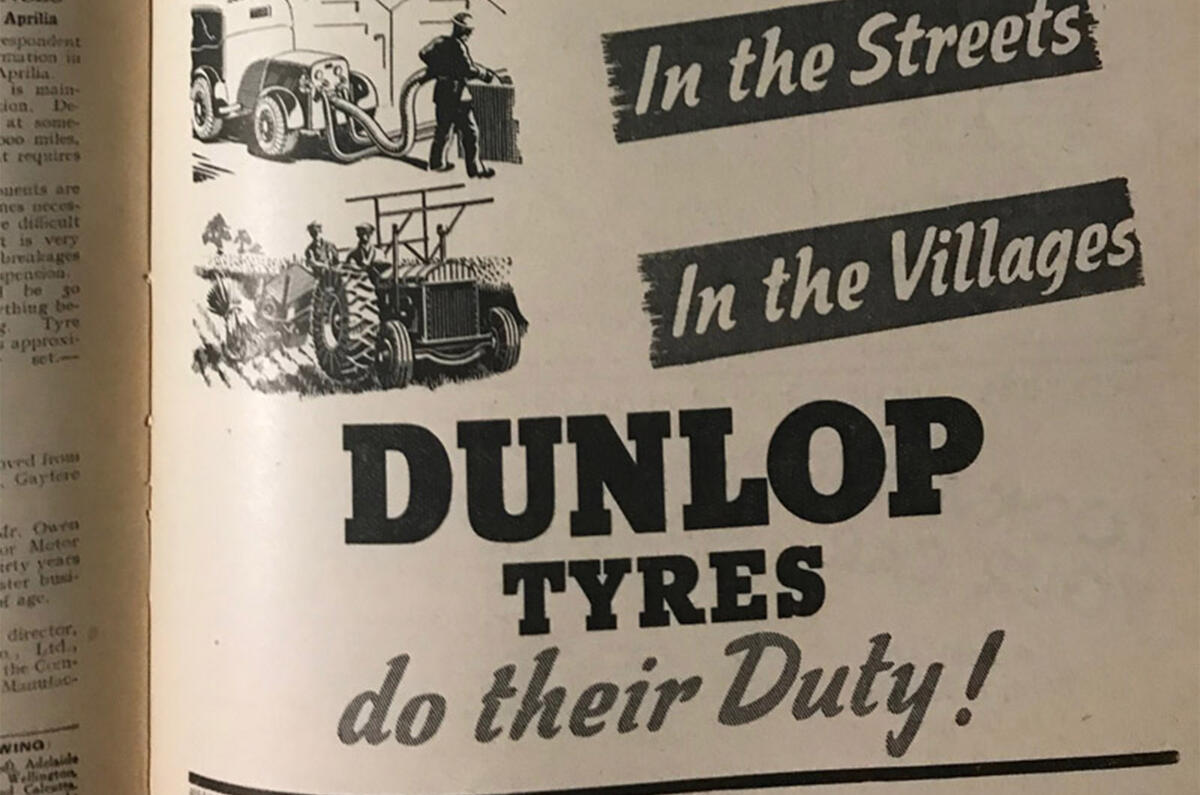
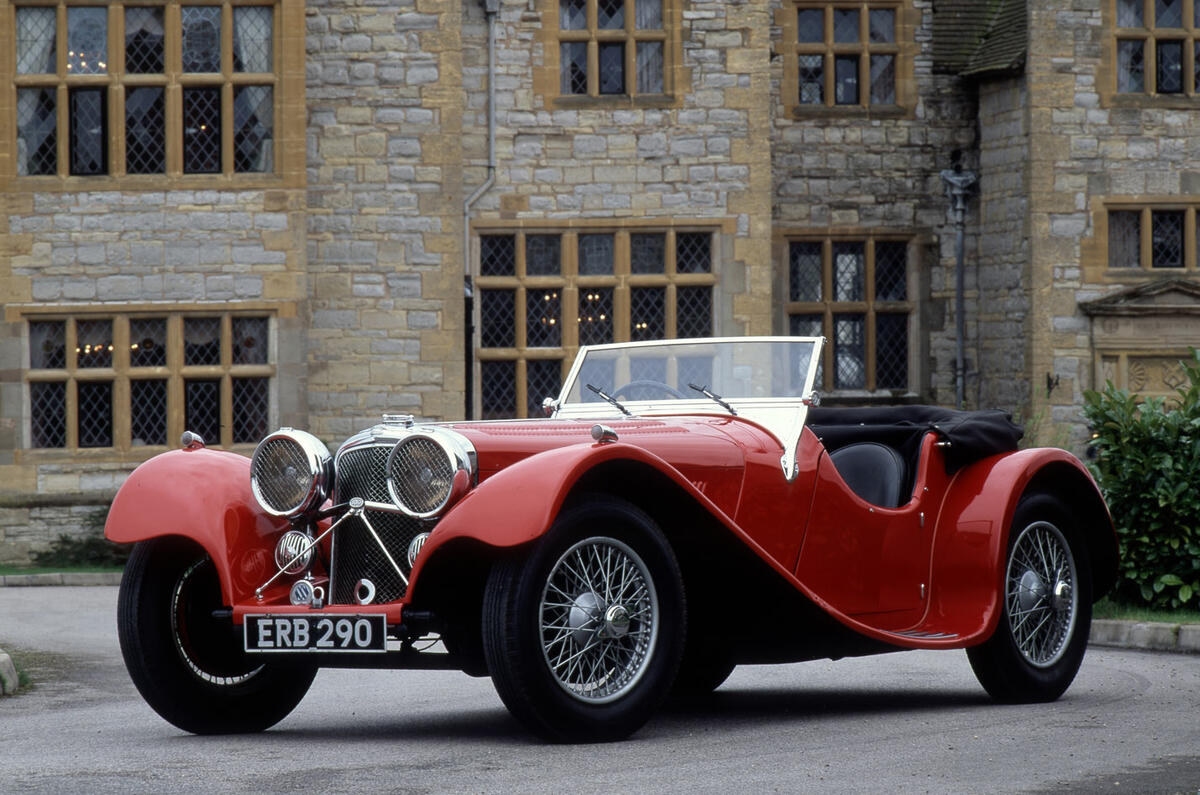
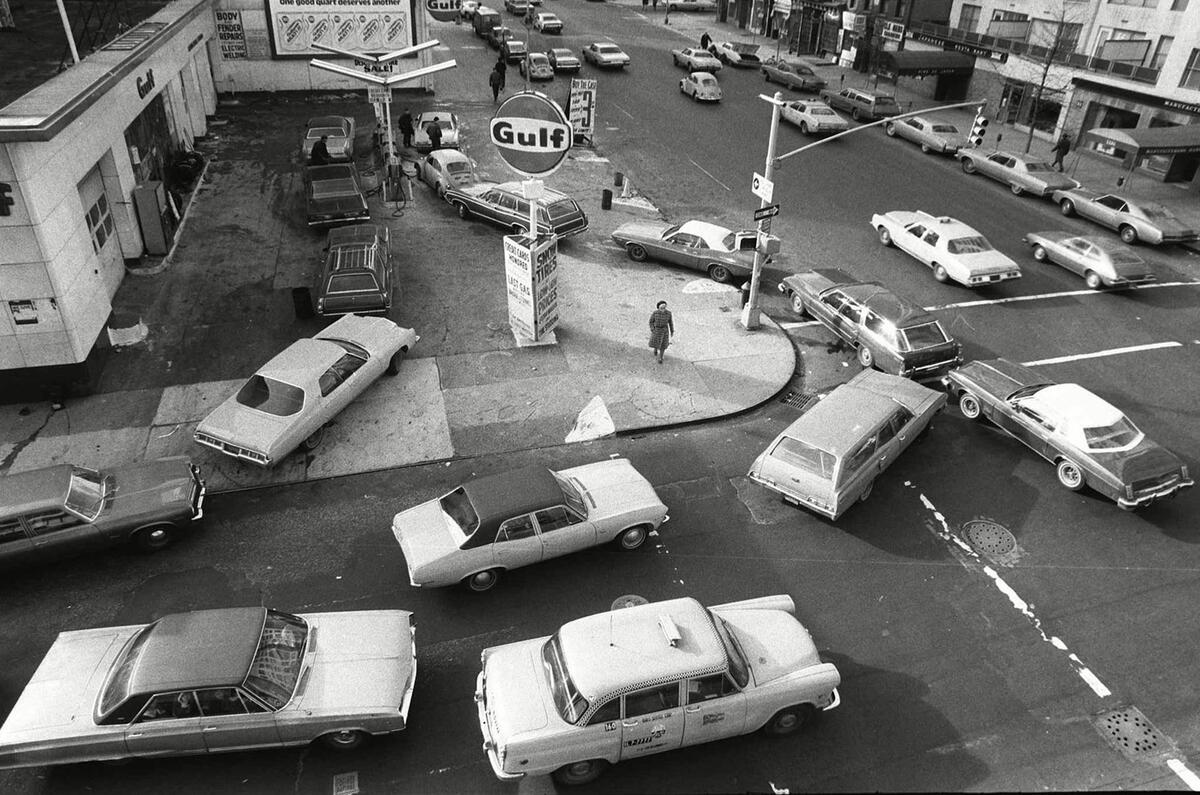
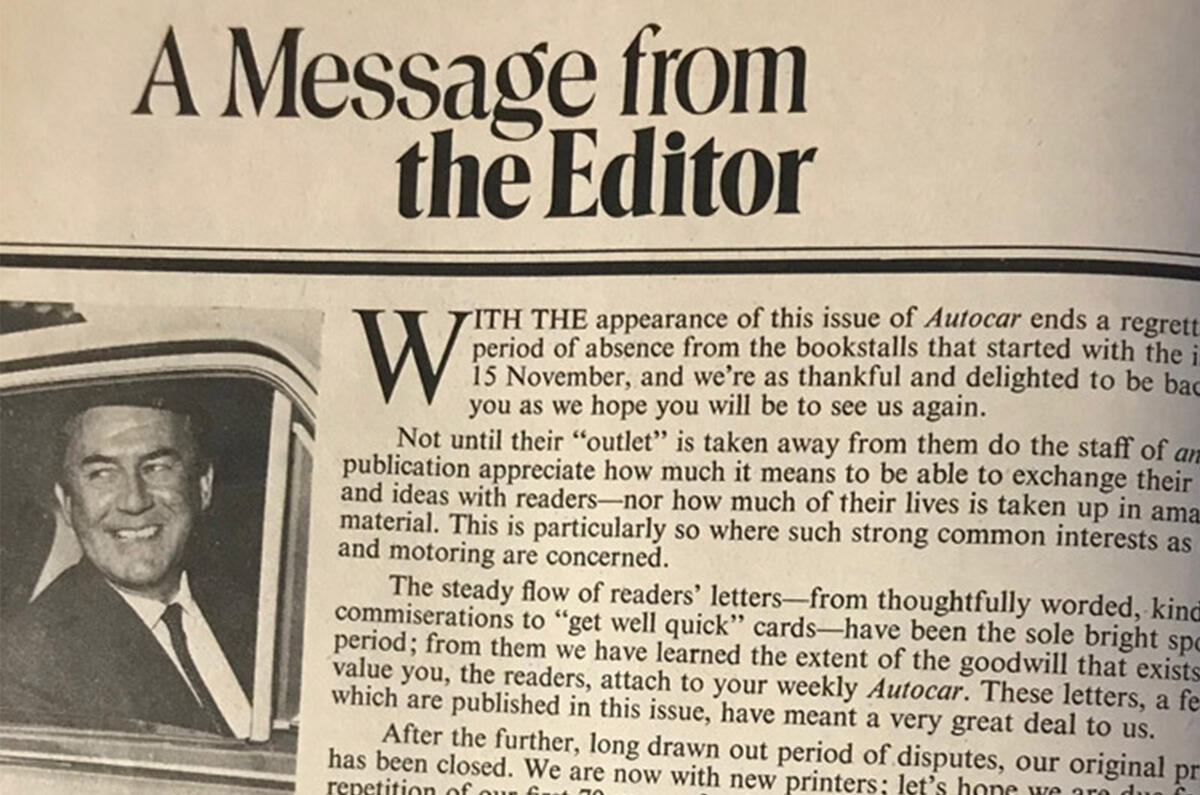
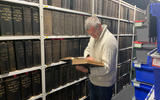
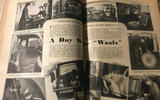
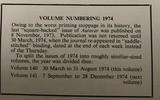


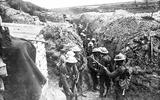
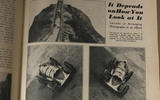
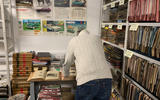

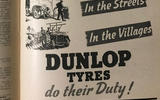
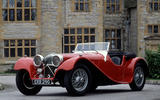
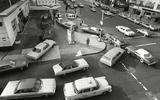


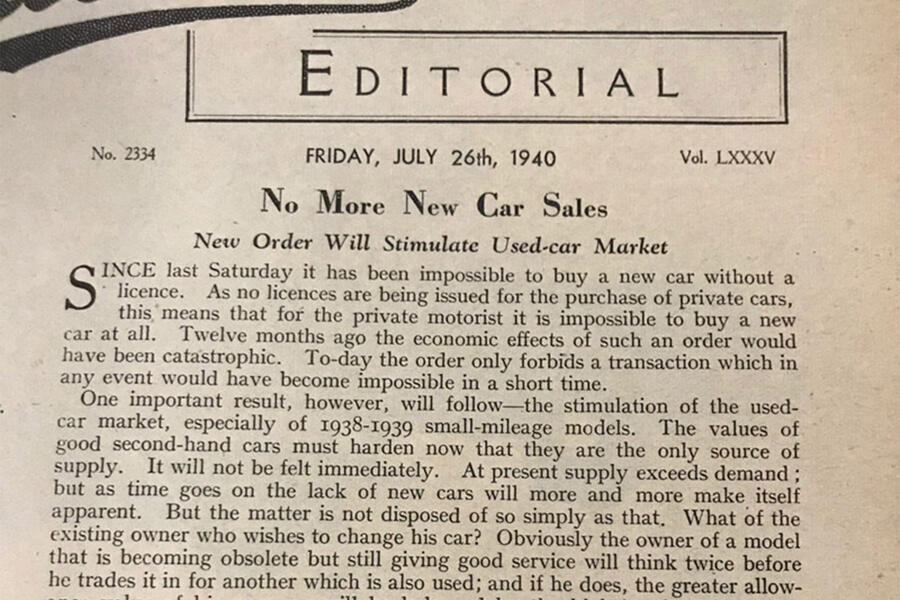
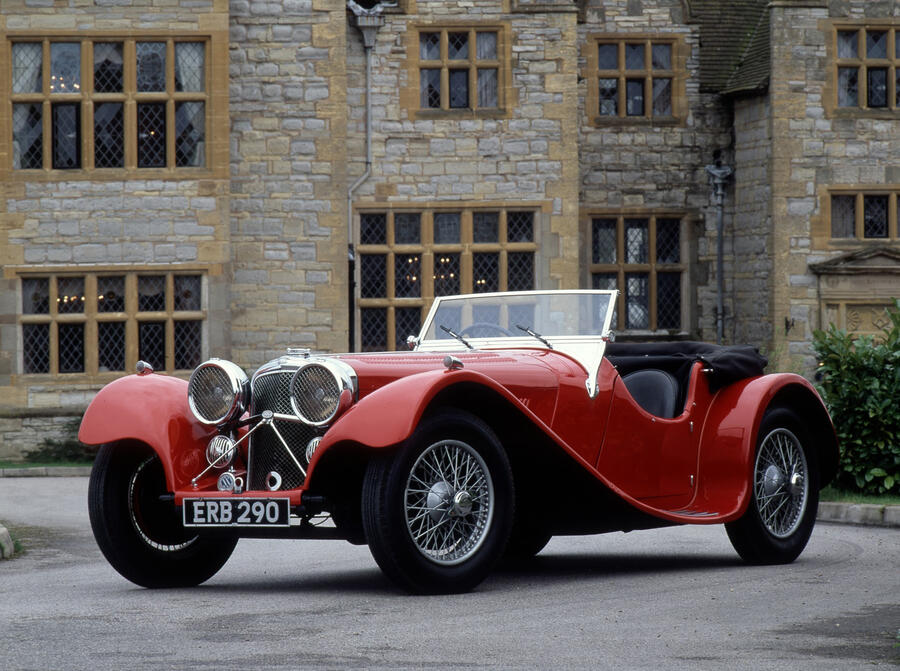
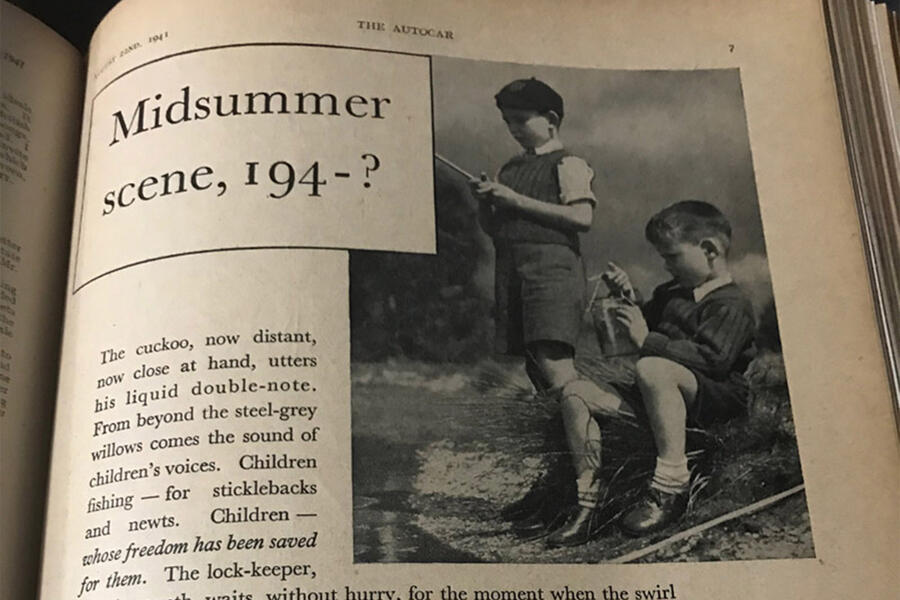

Join the debate
Add your comment
Autocar magazine unavailable
That headline should wake everyone up.
I have been purchasing the Autocar magazine for many years over here in Dublin, Ireland since the 1980's. Not every week, you understand. I simply head down to my local magazine store and there it is - always placed on the magazine shelf of my local Spar.
But since the corona virus outbreak the magazine is totally unavailable - much to my great disappointment. We have not had a copy of it since the 3rd week of March 2020. All Eason's stores are closed.
What I miss most of all is the 8 page road tests.
Safe driving.
Flt 158
An aside..
I read the Autocar magazine too, for free, well, I used to, because it was in the local Library, now, the aside, I also have a monthly subscription to Topgear Magazine, they contacted me by letter to say , if the could not deliver for whatever just now, they'd sent me an E-copy online for nothing, now, I wonder.
What of Motor magazine?
It is great to read this Autocar history. But is there anything of the 'other half' of the magazine? I am, of course, referring to the history of 'Motor' magazine, the erstwhile competitor to Autocar every week from Jan 28 1903 until the great merger in 1988. Indeed, the combined entity was titled 'Autocar & Motor' from Sept 7 1988 to Sept 21 1994, after which the name reverted to Autocar again. What has happened to the Motor archives?
Isn't it obvious?
Thanks Col
Great article, very interesting to see the archives